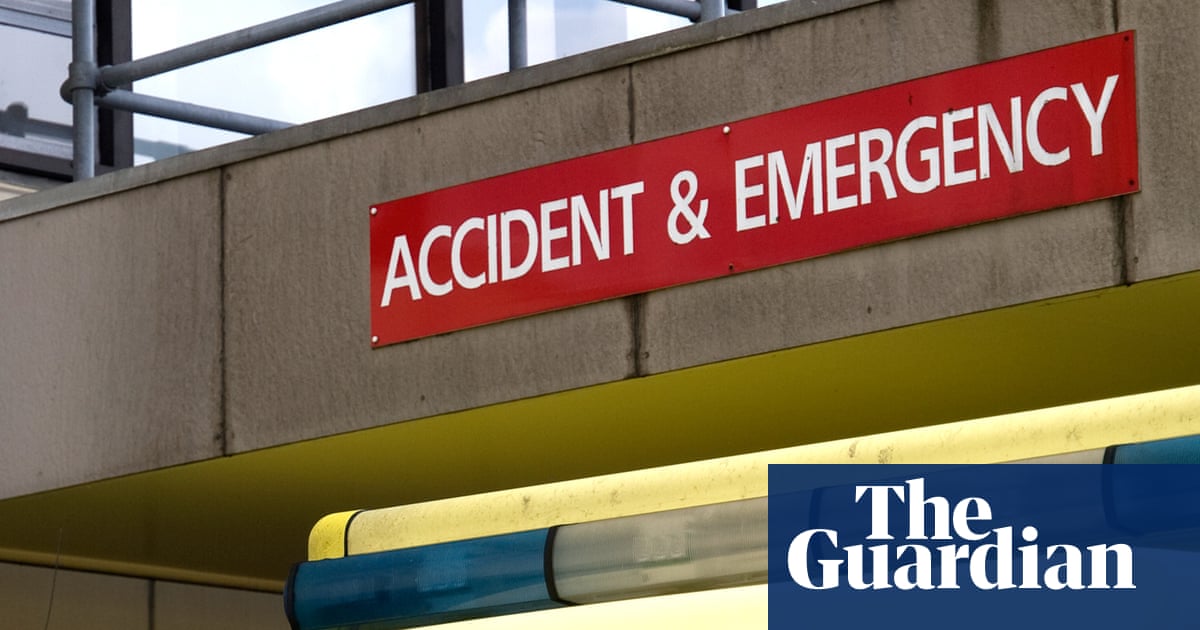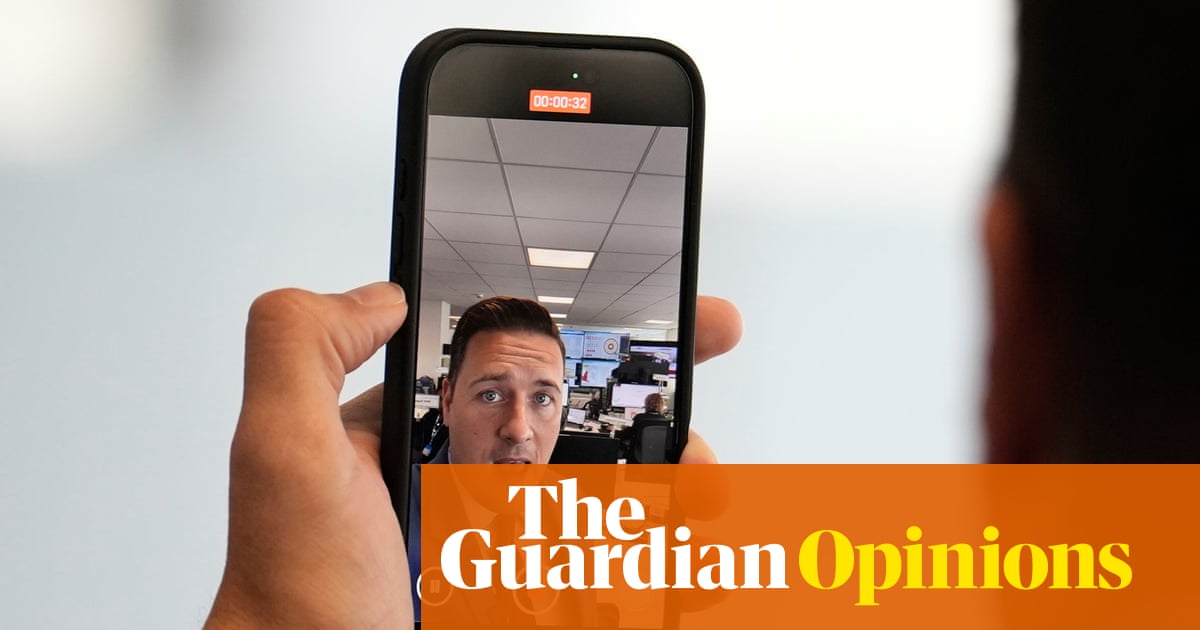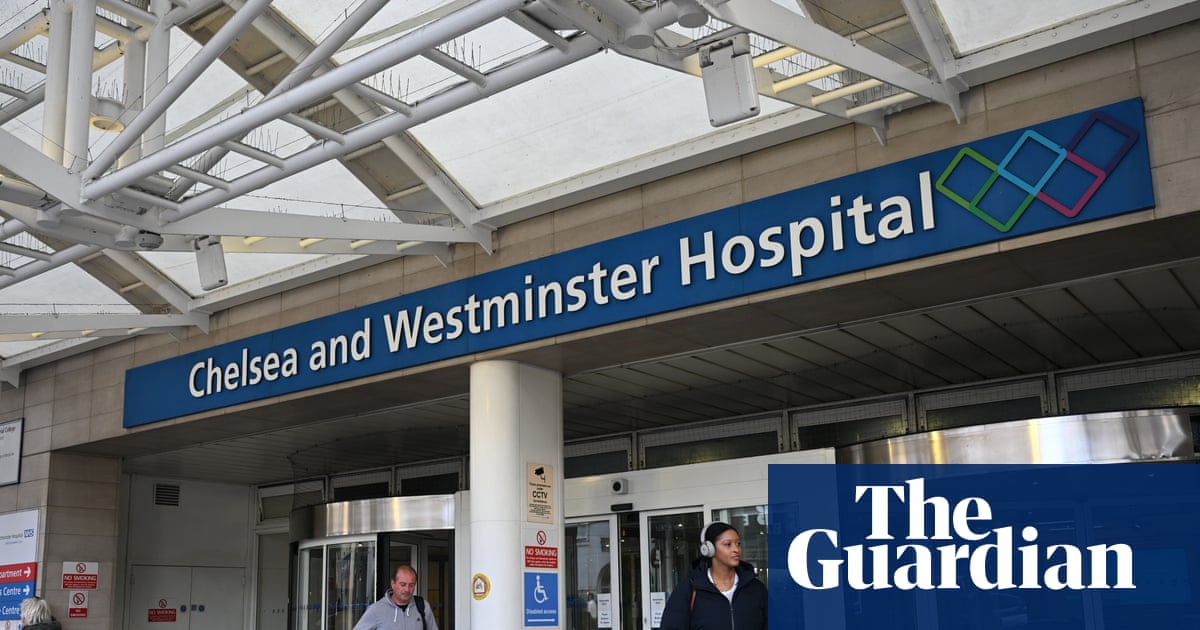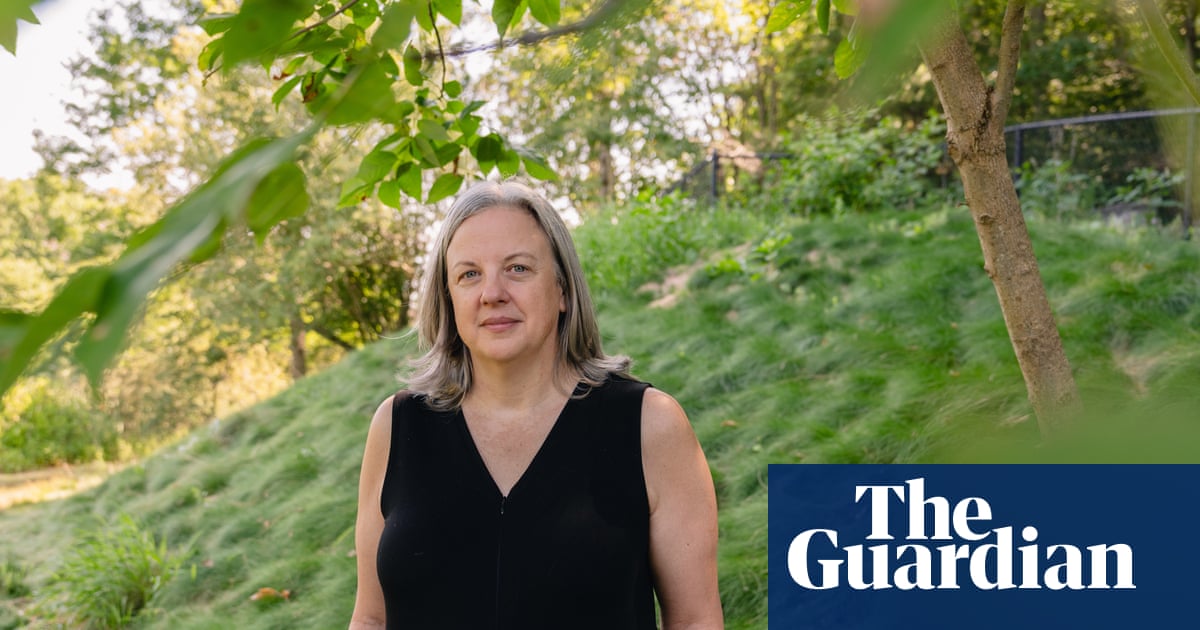NHS data reveals A&E ‘Uber ambulance crisis’ in England, say Lib Dems

Growing numbers of patients are making their own way to A&E instead of taking ambulances with nearly 2.7 million people taking alternative transport to emergency departments last year.
The figure is a 14% increase from 2.36 million in 2019 and highlights the number of people losing faith in ambulance services, the Liberal Democrats have said, after gathering the data from NHS trusts.
“These figures lay bare an Uber ambulance crisis, where people do not think they can rely on ambulance services even in the most serious of circumstances. This could have deadly consequences if people have lost faith that ambulances will be there when they need them,” said Helen Morgan MP, the Liberal Democrat health and social care spokesperson.
The Lib Dems called on the government to invest £50m each year into an emergency fund to ensure community ambulance stations do not close and to recruit and train paramedics.
The numbers obtained by the Lib Dems through freedom of information requests to NHS trusts showed the highest rise in Sandwell and West Birmingham, where there was a 320% increase in the number of people arriving at A&E without an ambulance compared to 2019.
The numbers of people taking taxis or other forms of transport to a hospital did rely on the severity of their condition. Code 1 incidents – the most severe category for those needing immediate medical attention – saw a 24% drop in the number of people arriving without an ambulance compared to 2019.
There was a rise however of 54% in code 2 incidents, where patients require urgent attention.
The Association of Ambulance Chief Executives said there can be times when it was appropriate for patients to make their own way to hospital, so that those with the most severe conditions could be prioritised.
“Current data proves that NHS ambulance services have never been busier answering 999 calls and responding to more patients than ever before, something that is testament to our incredibly hard-working frontline staff, as well as those handling the calls and dispatching the most appropriate clinical response to patients in greatest need,” said Anna Parry, the managing director of the AACE.
Dennis Reed, the director of the Silver Voices NGO, which advocates for elderly people in Britain, said the lack of ambulance availability was caused by them having to wait outside hospitals because of a lack of available beds, a problem he said could be solved by investing in social care to ensure older people could be cared for at home.
Sign up to First Edition
Our morning email breaks down the key stories of the day, telling you what’s happening and why it matters
after newsletter promotion
“This government has not sorted out the social care crisis and comes up with all sorts of other ideas instead,” said Reed, who believed the Lib Dem proposal of a £50m emergency fund would “only help around the margins” unless social care is invested in.
Caroline Abrahams, the Age UK charity director, said: “So many people in acute medical need going to hospital under their own steam, including those in late old age, reflect an ambulance service struggling to cope. Even once these people arrive they may face a long wait for treatment, possibly on a trolley in an overspill area, not even in A&E.
“This is a truly frightening scenario for the public that diminishes their trust in the NHS and as such is a problem that should be a top priority for politicians to solve.”











